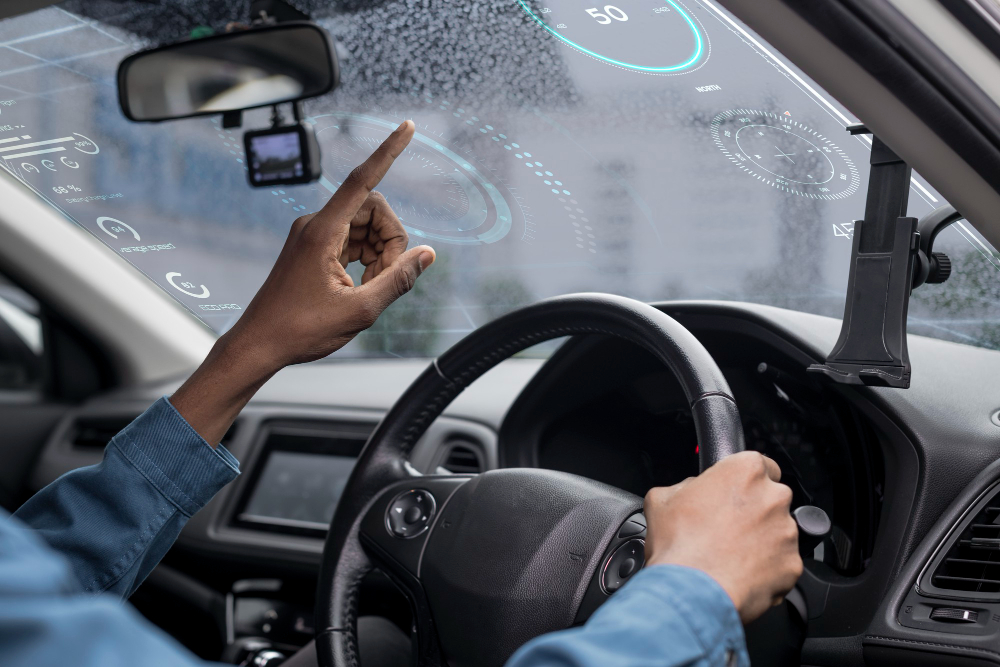
In an increasingly digital world, the integration of intelligent technology into security infrastructure has become essential. One such technology, Automatic Number Plate Recognition (ANPR), is transforming the way organizations, governments, and private entities monitor, manage, and secure vehicular movement.
ANPR systems combine high-speed imaging with advanced optical character recognition (OCR) to automatically read vehicle registration plates. While this concept may seem straightforward, the implications it holds for security and operational control are profound. From law enforcement and border control to smart city initiatives and private facility monitoring, ANPR has become a powerful tool in the modern security arsenal.
How Automatic Number Plate Recognition Works
At its core, an ANPR system captures images of vehicle license plates using specialized cameras, either in fixed or mobile setups. These cameras work in various lighting and environmental conditions, including low light, high speed, and complex traffic scenarios. Once the system captures an image, sophisticated software extracts the plate number, converts it into digital data, and matches it against a database or logs it for future reference.
What distinguishes modern ANPR technology is its ability to process data in real-time, identify plates across regions and formats, and integrate seamlessly with security networks and traffic systems. It eliminates the need for manual monitoring, making surveillance faster, more accurate, and scalable.
Enhancing Perimeter Security
One of the most critical applications of Automatic Number Plate Recognition is in perimeter control for high-security zones such as government buildings, industrial sites, research facilities, and gated communities. ANPR-enabled gates and barriers can identify authorized vehicles and allow seamless access without human intervention. The system compares each approaching vehicle’s plate with a pre-approved list and grants or denies entry accordingly.
This reduces reliance on physical guards and minimizes human error while ensuring that only recognized vehicles enter restricted areas. It also enables a digital record of all vehicle entries and exits, which is invaluable in audit trails or post-incident investigations.
Supporting Law Enforcement and Traffic Management
Law enforcement agencies benefit immensely from ANPR systems. When connected to databases of stolen vehicles, criminal suspects, or wanted individuals, ANPR can automatically alert authorities the moment such a vehicle is detected. Whether mounted on police vehicles or installed at traffic checkpoints, these systems act as digital eyes that never sleep.
Moreover, ANPR supports traffic law enforcement by detecting violations like unregistered vehicles, expired licenses, or improper route usage. By automating this process, authorities can focus more on actionable tasks rather than manual documentation or tracking.
Boosting Urban Safety in Smart Cities
Smart city initiatives rely on data-driven decision-making to enhance urban living. ANPR plays a key role in these ecosystems by offering real-time traffic data, congestion mapping, and safety analytics. With strategically placed ANPR cameras across intersections, entry points, and highways, municipalities can monitor traffic flow, detect bottlenecks, and respond proactively to incidents.
Optimizing Parking and Access Control
In both public and private parking environments, Automatic Number Plate Recognition improves efficiency and convenience. Traditional parking systems require physical tickets, access cards, or payment booths, which are time-consuming and prone to misuse. ANPR eliminates these pain points by using a vehicle’s license plate as its access credential.
When a vehicle enters a parking lot, the system records the plate number and time of entry. On exit, it calculates the fee automatically, enabling a seamless payment process or linking charges to a pre-existing account. This contactless approach is not only faster but also safer, especially in high-volume locations such as malls, airports, and commercial buildings.
Strengthening Border Security and Toll Collection
National borders, toll booths, and customs checkpoints face the constant challenge of managing high vehicle volumes without compromising on security. ANPR systems provide an efficient solution by quickly identifying and verifying license plates from various regions and flagging those that require additional screening.
In toll management, ANPR allows for automated, tagless payment collection. It links vehicle license numbers to payment accounts, reducing congestion and ensuring smooth traffic flow. Furthermore, these systems help prevent toll evasion and provide valuable data on traffic patterns.
Real-Time Alerts and Centralized Monitoring
One of the standout features of modern ANPR solutions is their ability to work as part of a larger, integrated surveillance network. When linked to a centralized monitoring hub, these systems offer real-time alerts when a suspicious or unauthorized vehicle is detected. Security personnel can receive instant notifications via desktop or mobile platforms, allowing them to take immediate action.
These alerts can be configured for various scenarios—unauthorized access, blacklisted vehicles, overstayed parking, or abnormal travel patterns. Combined with video footage and timestamps, ANPR becomes a cornerstone of proactive security management.
Conclusion
Automatic Number Plate Recognition has redefined the standards of modern security. By providing real-time vehicle identification, streamlining access control, and delivering actionable insights, ANPR systems enhance the safety, efficiency, and intelligence of any security infrastructure. Whether for public institutions, private organizations, or smart city projects, this technology offers a powerful blend of automation, accuracy, and control.
As the need for proactive, scalable, and reliable security continues to grow, ANPR stands out as a solution that not only meets today’s challenges but also anticipates tomorrow’s demands.


